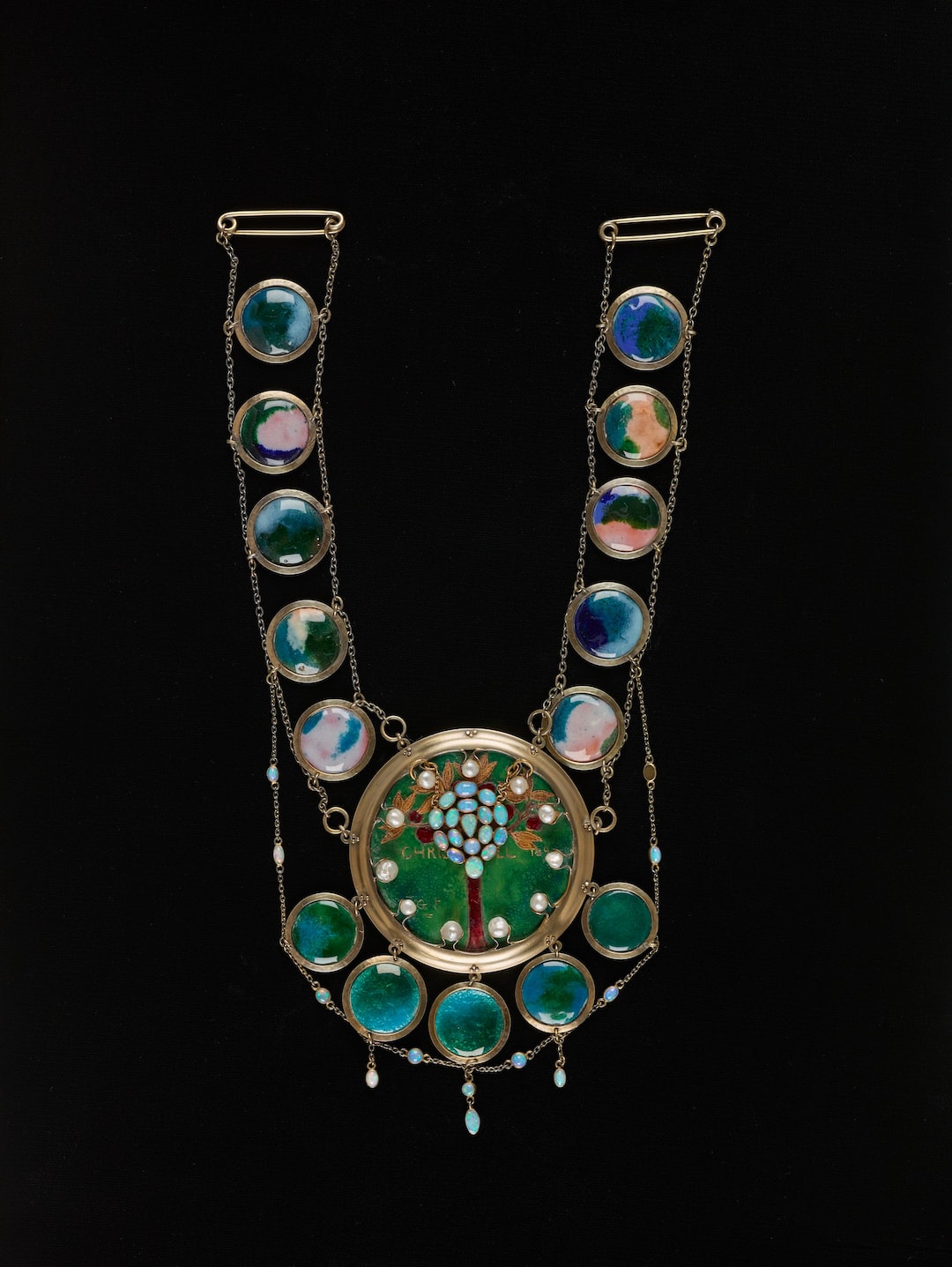Art therapy: Healing through creativity and expression
In today’s fast-paced and often stressful world, finding ways to cultivate inner peace and heal emotional wounds has become increasingly important. One method that has gained recognition and popularity is art therapy. Art therapy allows individuals to tap into their creative potential, expressing their thoughts and emotions through artistic mediums. This form of therapy has proven to be transformative, providing individuals with a unique outlet to release, process, and heal emotional pain.
Art therapy is rooted in the belief that the creative process can significantly contribute to the healing journey. By engaging in art-making, individuals are able to explore and communicate their innermost feelings in a non-verbal manner. This aspect is particularly beneficial for those who struggle with verbal expression or find it challenging to articulate their emotions.
Art therapy provides a safe and non-judgmental space for self-expression. The therapist acts as a facilitator, offering support and guidance throughout the creative process. The focus is not on creating a masterpiece, but rather on the act of creation itself and the emotions it elicits. The process of creating art allows individuals to externalize their feelings, enabling them to observe and understand their emotions from a different perspective.
Engaging in art therapy can help individuals gain insight into subconscious thoughts and patterns. Often, the unconscious mind manifests itself through symbols, colors, and shapes within our artwork. By interpreting these symbols together with the therapist, individuals are able to uncover underlying issues, gain self-awareness, and facilitate personal growth. Art therapy can assist in identifying feelings that may have been repressed or hidden, allowing individuals to confront and process them effectively.
One of the remarkable aspects of art therapy is its versatility. It can be beneficial for individuals of all ages, from children to older adults. In children, art therapy offers a safe space to express their emotions, as they may not possess the emotional vocabulary or verbal skills to articulate their feelings effectively. Through drawing and painting, children can communicate their experiences, fears, and desires, leading to improved emotional regulation and enhanced mental well-being.
For adults, art therapy can be a powerful tool for stress reduction and self-exploration. Engaging in art-making allows individuals to disconnect from external pressures and focus on the present moment. This meditative quality of the creative process promotes mindfulness, enabling individuals to connect with their inner selves, reduce anxiety, and restore balance.
Art therapy has been particularly effective with individuals who have experienced trauma. Trauma can disrupt an individual’s ability to process and integrate disturbing events. Art therapy provides a unique opportunity to address these issues and facilitate healing. By creating visual representations of their trauma, individuals can reclaim their narrative, work through their pain, and ultimately find a path towards resilience and recovery.
In addition to its psychological benefits, art therapy also has physical advantages. Engaging in art-making has been found to reduce stress hormones, lower blood pressure, and strengthen the immune system. It provides a creative outlet for pent-up energy and offers a healthy coping mechanism for managing emotions.
Whether you consider yourself an artist or not, art therapy invites everyone to engage in the transformative power of creation. It offers a way to process emotions, gain insight, and foster self-expression. By embracing art therapy, individuals can embark on a journey of healing, where creativity becomes a catalyst for personal growth, empowerment, and overall well-being. So, why not pick up a paintbrush, immerse yourself in colors, and allow art to guide you towards a deeper understanding of yourself and your emotions?
